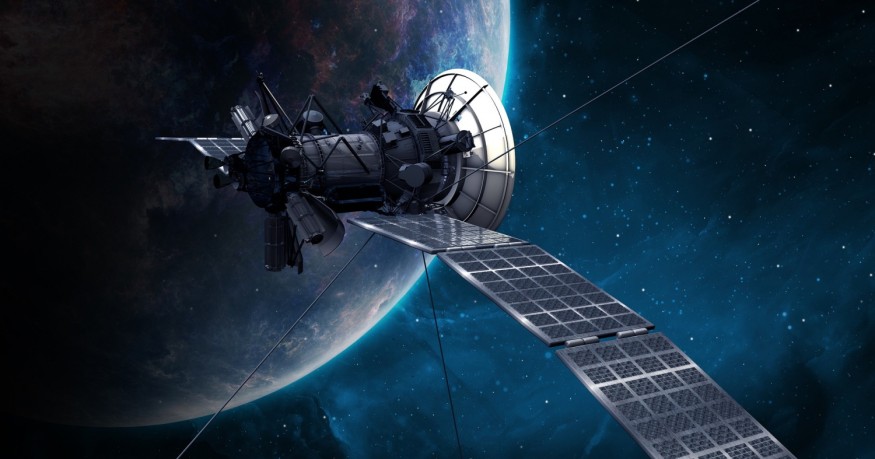
The Kennedy Space Center is expected to launch a Falcon 9 mission to deploy additional Starlink broadband satellites. Although isolated Atlantic showers cannot be ruled out, Space Launch Delta 45 projections suggested on Sunday that the major launch day conditions are favorable for launch.
Weather Condition Favorable for SpaceX Rocket Launch at Cape Canaveral on Tuesday
According to Florida Today, the Space Force forecasted that Tuesday night's launch of the SpaceX rocket would be roughly 70% "go." The timeframe for teams begins at 6:49 p.m. up to 10:49 p.m. EDT. Meanwhile, the Atlantic Ocean's conditions for the booster of the Falcon 9 were described as low risk,
The chance of success for a Wednesday try rises to 80% in the event of a postponement or scrub. This will be Starlink's 54th mission, and it has supported the majority of the Space Coast's launches in recent years. With several months left, the region has already experienced a record pace.
By the end of December, up to 20 more missions could be launched by SpaceX, United Launch Alliance, and NASA.
Approximately 2,900 Starlink satellites have been launched to date as part of SpaceX's Starlink satellite Internet service. The recent one was the company' 33rd flight of 2022 and the sixth launch for the program in the month of July alone.
In July 2022, Starlink Group 4-25 expands on earlier launches from the US east and west coasts. The company is making an effort to provide faster service. It has received a regulatory license to launch at least 12,000 Starlink satellites into orbit and is requesting permission from a global regulator to launch an additional 30,000 satellites.
Satellite Earth
Starlink and Weather System
With the use of models being built by space weather forecasters, satellite operators can get ready for dangerous space weather. However, there are not enough observations collected at altitudes where Earth's atmosphere meets space, which presents a problem.
Tzu-Wei Fang, a space scientist at the U.S. Department of Energy stated that they wanted to capture the physics from Earth up to space. However, they don't have a sufficient data sample.
According to her, the lower atmosphere model tells you precisely that it will rain tomorrow because they have access to all kinds of measurements from balloons and airplanes. She added that they need to add more data to strengthen our model and the forecasting system.
SpaceX is now filling the gap after their first-hand experience with an unexpected solar storm earlier this year. And that is what SpaceX promised:
"They would share with us the orbit information of their satellites to assist us estimate the drag," Fang said.
In February 2022, Space.com reported that 40 brand-new Starlink satellites crashed to Earth due to poor space weather they encountered shortly after launch. Fang said the solar storm that killed the satellites was not even very bad.
According to a SpaceX representative, charged particles from that solar blast caused a geomagnetic storm, greatly boosting the density of Earth's atmosphere and the drag felt by the new, low-flying Starlink batch. As a result, during the next few days, up to 40 of the 49 satellites are anticipated to crash back to Earth.
Read also: Starlink vs. Tiangong: China Says Elon Musk's SpaceX Satellites 'Threatens' Space Station
Check out more news and information on Space in Science Times.












